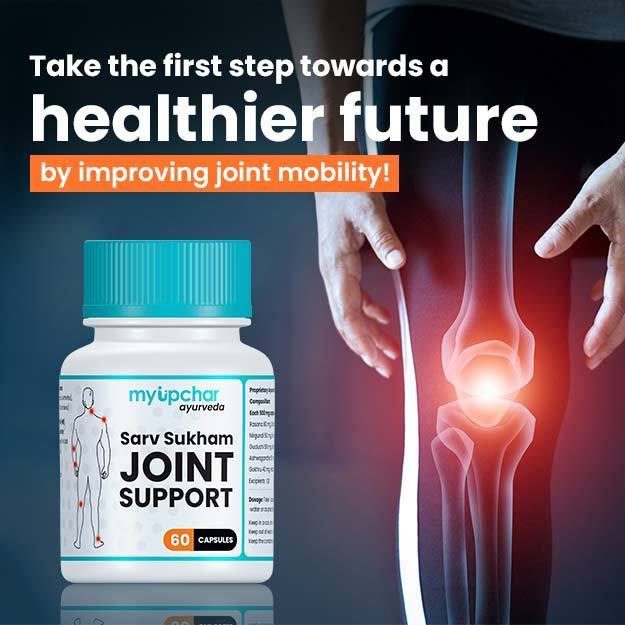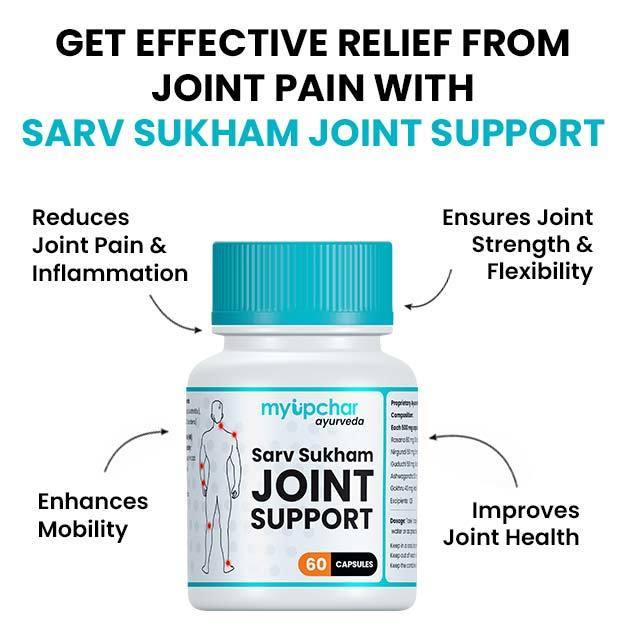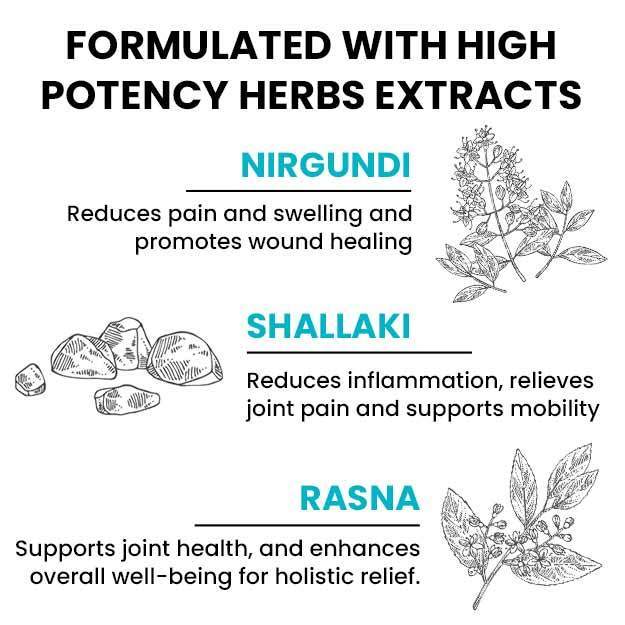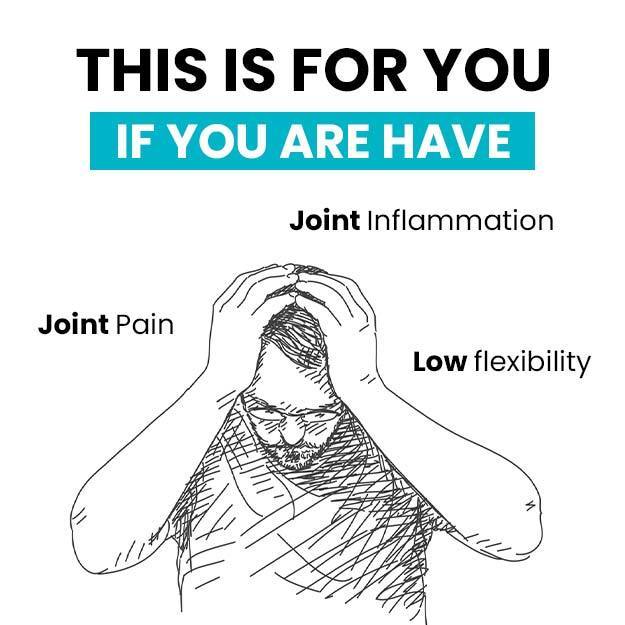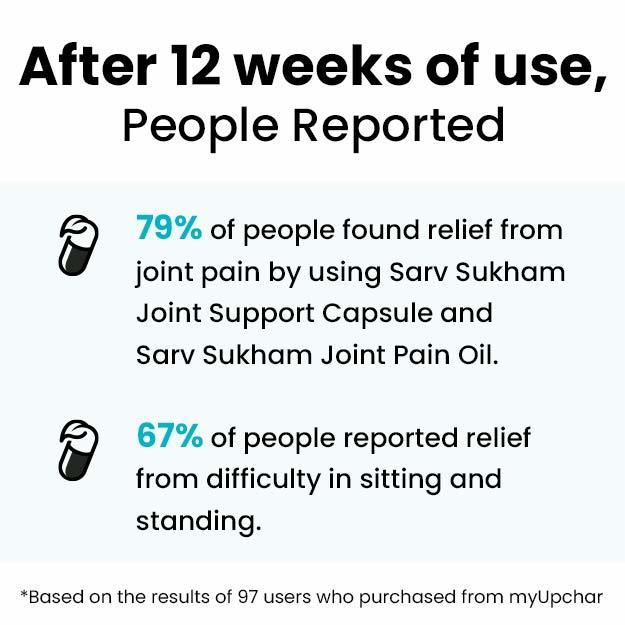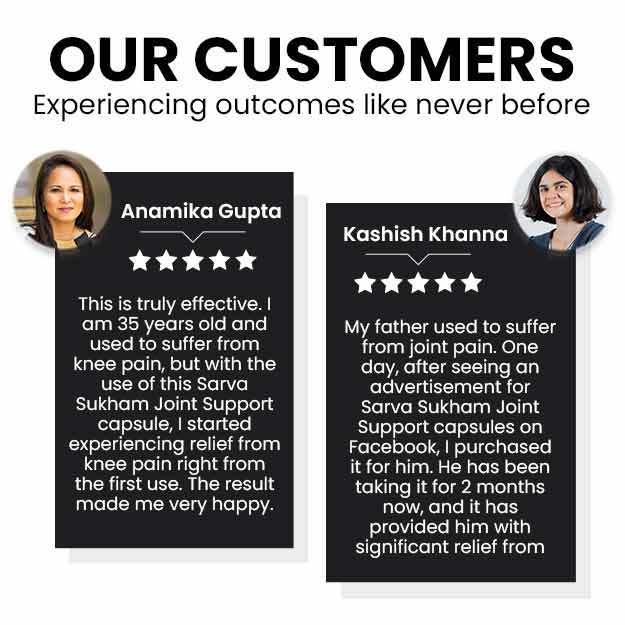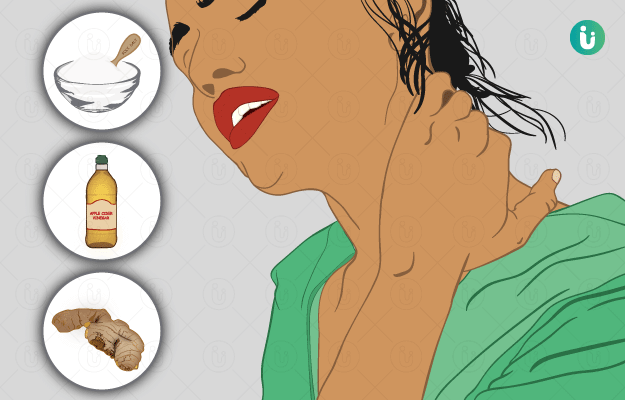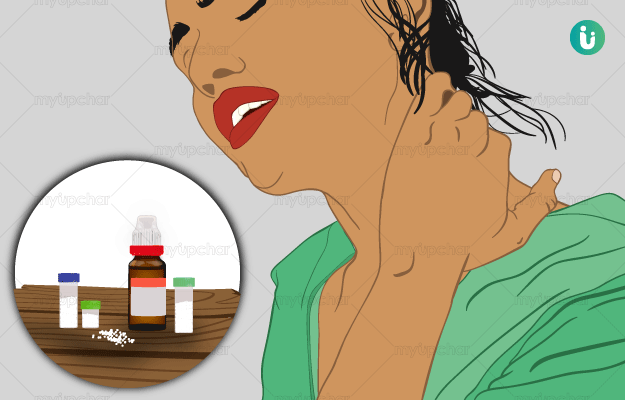Neck pain, commonly referred to as manya shula in Ayurveda, refers to the pain in the neck and cervical region of the back. It can occur due to various causes like improper body posture or underlying abnormalities such as ankylosing spondylitis, cervical spondylosis, rheumatoid arthritis and disc prolapse. Poor body postures like standing stooped, hunching shoulders, sleeping on a thick pillow or spending a lot of time hunched over the cell phone put a strain on the neck and lead to pain and stiffness. Neck pain may also occur due to the wear and tear that occurs with age.
Ayurveda describes various treatments for neck pain including snehana (oil massage), swedana (sudation or sweat therapy), manya basti (a type of external basti given on the neck), basti karma (enema therapy), nasya karma (insufflation) and lepa (coating the affected body part with medications). Ayurvedic herbs that are used to manage neck pain are gokshura (small caltrops), bala (country mallow), ashwagandha (Indian ginseng) and rasonam (garlic). Additionally, topical and oral medicines such as maharasnadi kashayam, laksha guggulu, prasarini taila, yogaraja guggulu, dashmoola kwatha, and triphala rasayana also aid in relieving neck pain.
- Ayurvedic view of neck pain
- Ayurvedic treatment for neck pain
- Ayurvedic herbs and medicines for neck pain
- Dietary and lifestyle changes for neck pain patient as per ayurveda
- How effective are ayurvedic medicines and treatments for neck pain
- Side effects and risks of ayurvedic medicine and treatments for neck pain
- Takeaway
Ayurvedic view of neck pain
Ayurveda describes multiple conditions that may lead to neck pain and affect daily activities. These include:
- Arthritis: The most common types of arthritis are osteoarthritis and rheumatoid arthritis. Both these conditions can lead to neck pain when they affect the joints in the neck.
- Osteoarthritis: It is a degenerative disease of joints, which is commonly seen with ageing and occurs due to the aggravation of vata dosha. Osteoarthritis is often called wear and tear arthritis, and it may involve the entire joint, nearby muscles, bones, ligaments along with joint cover and lining. There are numerous reasons for the aggravation of vata, but the primary reason is ageing. Poor body posture such as forward bending while using the smartphone for extended periods is a common problem that causes neck pain. A poor posture puts excessive strain on neck muscles and cervical spine, leading to pain. If left untreated, it may lead to degeneration of joints.
- Rheumatoid arthritis: It is an autoimmune disease that causes chronic inflammation of the joints due to the accumulation of ama (toxins) and aggravation of vata in the joints. This accumulated ama causes pain, inflammation and swelling.
- Ankylosing spondylitis: It is a chronic condition that causes inflammation and pain in the back including the neck region. It occurs due to an imbalance of vata dosha and affects the bone and bone marrow.
- Manya stambha (cervical spondylosis): It is one of the most common causes of neck pain, which occurs due to the vitiation of vata and kapha doshas. It mainly leads to stiffness and rigidity of the neck muscles, causing pain with neck movements.
- Slipped disc: The bones in the spine have a cartilaginous disc between them, which acts as a protective shock absorber. A disc may slip from its place or rupture, leading to severe pain and pinching of the nearby nerves. This can occur due to degeneration of bones, lifting heavy weights or an injury. It commonly occurs in the lower back, but may also affect the cervical region and cause neck pain. (Read more: Slipped disk treatment)
myUpchar doctors after many years of research have created myUpchar Ayurveda Sarv Sukham Joint Support Capsule by using 100% original and pure herbs of Ayurveda. This ayurvedic medicine has been recommended by our doctors to lakhs of people for joint pain problems with good results.
Ayurvedic treatment for neck pain
- Snehana
- It involves the application of pressure to specific points of the body through medicated massage, which helps in relieving pain.
- Snehana nourishes body cells by carrying nutrients to different parts of the body.
- It helps draw out ama from tissues and bring it back to the gastrointestinal tract. This ama can then be eliminated from the gut with ease.
- Removal of ama relieves fatigue and stress and strengthens the nervous and immune systems.
- Snehana also promotes the production of antibodies, which helps the body fight better against invading microorganisms, thereby, preventing diseases.
- It also improves strength and relieves pain.
- Generally, herbs mixed in oil are used for snehana. The egg of a hen mixed with rock salt and ghee (clarified butter) is used to perform snehana for neck pain.
- A ghee wrap with the leaf of arka (crown flower) also helps in the management of neck pain.
- Swedana
- Swedana (sudation or sweat therapy) is the process of inducing sweat using different methods. It helps in relieving stiffness, coldness and heaviness in body, which makes it helpful in the treatment of neck pain.
- Swedana can be performed by different methods like using steam, warm blankets, and heated objects.
- Ruksha swedana (dry sudation or sweat therapy) is a type of swedana commonly recommended for the treatment of neck pain caused due to accumulation of ama. In ruksha swedana, only dry methods are employed to induce sweating, e.g., placing a heated metallic object, warm hands or heated cloth on the affected part of the body.
- It causes widening of body channels, facilitating the movement of ama into the digestive tract. This ama is then thrown out of the digestive tract using elimination methods like purgation or medical emesis.
- Swedana clears ama, cleanses the body tissues, relieves muscle tension and, thereby, treats pain.
- Manya basti
- In this process, a circular frame made of black gram paste is glued to the back of the neck with a flour paste.
- This creates a well-like area, in which warm medicated oil is poured. The frame is attached firmly to the affected area to prevent any leakage of the oil, thus allowing the oil to be in contact with the affected area for a long time.
- It is useful in the management of neck pain caused by conditions such as cervical spondylosis, ankylosing spondylitis, and arthritis.
- Basti karma
- It is an Ayurvedic enema therapy, in which, medicated oils or herbal decoctions are introduced into the large intestine using a specialised apparatus.
- The commonly used herbal decoctions to cleanse the bowel are dashamoola (10 roots), vacha (calamus), rasna (Indian camphorweed), kushtha (costus).
- Basti is indicated in the management of several diseases of vata origin like pain due to arthritis, gout, rheumatism; urogenital diseases; neuromuscular diseases; and gastrointestinal disorders.
- Nasya karma
- Nose is considered to be a gateway to the head, and nasya karma involves instillation of liquids infused with the properties of particular herbs into the nasal cavity.
- Nasya can be used in the treatment of diseases of the head, neck, throat, as well as in treating problems related to senses such as vision and hearing.
- It is effective in the management of vata and kapha disorders that affect the head, neck and shoulders, leading to pain, stiffness, numbness and heaviness in the affected areas.
- Panchamoola (five roots) or dashmoola are generally used to perform nasya karma for neck pain.
- Other herbs that are used in oil preparations for nasya are musta (nutgrass), bilwa (golden apple) and bala (country mallow).
- Lepa
- This is a semisolid preparation with a paste-like consistency made by mixing ghee or other such semisolid material with medicinal herbs.
- Herbs for preparing lepas are chosen on the basis of the clinical condition of an individual.
- Lepa for relieving acute pain is generally prepared with dashmoola and milk.
- Ghee is a common ingredient used in lepas for treating rheumatism, inflammatory swelling and pain.
Ayurvedic herbs and medicines for neck pain
Ayurvedic herbs for neck pain
- Gokshura
- Gokshura acts on the respiratory, nervous, reproductive and urinary systems and has numerous therapeutic actions.
- It is used in the form of a decoction or powder to treat conditions like nerve pain, infertility, kidney stones, sciatica or oedema caused due to vitiation of vata dosha.
- It removes ama from the body and balances the vitiated doshas, thereby, relieving pain in the neck.
- Rasonam
- Medicated oil, infusion, powder or juice of rasonam are used in the management of different types of pain.
- It acts as a rejuvenator for nerves and bones; eliminates accumulated toxins; and relieves spasms, pain, and inflammation caused by arthritis. Thus, it can be used in the management of neck pain associated with a number of conditions.
- Ashwagandha
- Ashwagandha acts on the nervous, respiratory and reproductive systems and has rejuvenating, anti-inflammatory and immune-boosting properties.
- Ashwagandha treats neck pain by treating its underlying causes such as weakness, inflammation, muscle loss, rheumatism, swelling and weakened immunity.
- It can be taken in the form of a decoction, ghee, powder or oil.
Ashwagandha may alleviate shoulder pain.Order now Urjas Ashwagandha Tablet by myUpchar Ayurveda for natural relief and improved shoulder comfort. Embrace a pain-free, active lifestyle
- Bala
- Bala acts on the nervous, respiratory, circulatory, reproductive and urinary systems and has pain-relieving, rejuvenating, anti-inflammatory and stimulant properties.
- It is one of the primary herbs that are used for improving strength.
- Bala helps in the management of chronic rheumatism, muscular weakness, chronic inflammation of the tissue, numbness, nerve pain and muscle cramps.
- It can be used in the form of a decoction, powder and medicated oil.
Ayurvedic medicines for neck pain
- Prasarini taila
- The primary ingredient of this taila (oil) is prasarini (bala or country mallow). It also contains jatamansi (muskroot), rasna, sesame oil, pippali (long pepper), leadwort, etc.
- The chemical constituents of prasarini taila such as quinones, glycosides, amino acids and vitamin C are responsible for its pain-relieving and immune-boosting properties.
- Topical application of this formulation is useful in numerous conditions. It boosts the defence mechanism of body and treats pain caused due to osteoarthritis and rheumatoid arthritis.
- It is also useful in the management of paralysis.
- Laksha guggulu
- Laksha guggulu is prepared from laksha (lac), nagabala (snake mallow), arjuna, ashwagandha (Indian ginseng), asthisanharaka (veldt grape), and guggulu (Indian bdellium-tree).
- It is commonly used to relieve joint pain caused by degenerative conditions of bones that are mostly associated with ageing.
- This formulation is generally used with snehana and swedana for improved results and better management of symptoms.
- Maharasnadi kashayam
- Maharasnadi kashayam consists of snap ginger, bala, eranda (castor), sweet flag-calamus, punarnava (red hogweed), guduchi (heart-leaved moonseed), golden shower, gokshura, ashwagandha (Indian ginseng), ativisha (aconite) and eggplant.
- It is useful in the management of conditions like arthritis, pain, numbness, and sciatica. Thus, it can be effectively used in the treatment of neck pain.
- Dashmoola kwatha
- Dashmoola kwatha is a decoction prepared from 10 roots including shyonaka (Indian caper), prishniparni (kalshi), agnimantha (headache tree), kantakari (chhoti katheri), bilwa (golden apple), gambhari (beechwood), brihati (bari katheri) and gokshura.
- It is primarily used for treating vata disorders and is hence effective in relieving neck pain caused due to vata imbalance.
- Other vata diseases that can be managed with dashmoola kwatha are fistula and asthma.
- Yogaraja guggulu
- Some of the ingredients of yogaraja guggulu are hingu (asafoetida), cumin seeds, mustard seeds, nigella seeds, amalaki (Indian gooseberry), ghee, shuddha guggulu (purified Indian-bdellium), haritaki (chebulic myrobalan), katuki (kutki), triphala (a combination of amalaki, vibhitaki [belleric myrobalan] and haritaki), and calcined preparations of silver, iron, lead, mica and tin.
- It is generally used with sarivadyasava and effectively manages pain, inflammation and swelling in rheumatism and arthritis, two of the most common causes of neck pain.
- It is also useful in treating chronic infections, fistula, nervous disorders, and scrofula.
- Triphala rasayana
- It is prepared from a powder of three fruits, haritaki, vibhitaki, and amalaki, mixed with ghee, honey and few other herbs.
- As per Ayurvedic literature, triphala rasayana is a tridoshic medicine that balances all the three doshas.
- Triphala rasayana promotes health, immunity and longevity, and is effective in the treatment of inflammation and arthritic conditions.
- It is also used in the management of tuberculosis, pneumonia, obesity, fatigue and indigestion.
Dietary and lifestyle changes for neck pain patient as per ayurveda
Do’s
- Include cereals like wheat, rice and pulses like kulattha (horse gram), udada (black gram) in your diet.
- Add fruits and vegetables like pomegranate, paravala (pointed gourd), shigru (drumstick), phalasa (falsa), lemon, jujube plum, grapes, mango and brinjal in your diet.
- Consume foodslike garlic, ghee, oil, coconut water, milk, sour vinegar, tamarind and meat juice.
- Include exercises like swimming in your regular activities.
- Samvahana (gentle pressing) on the affected areas can be of help in relieving pain.
- Maintain proper hygiene and bath regularly.
- Maintain a good posture.
- Expose yourself to adequate sunlight.
- Perform gentle stretching exercises of the neck.
Don’ts
- Do not eat cereals like kodrava and samvaka varieties of rice and pulses like matara (pea), chana (chickpeas), arahara (pigeon pea) and mudga (green gram).
- Do not consume leafy vegetables, ladyfinger, cauliflower, date, bitter gourd or lotus stem.
- Do not suppress natural urges like hunger, thirst, urge to evacuate the bowel and bladder.
- Avoid eating jambu (java plum) and betel nuts.
- Irregular sleeping pattern and night awakening should be avoided.
- Avoid excessive physical activities and fasting.
- Avoid excessive bending of the neck, for example, looking upward with the neck bending backwards.
- Avoid putting stress on your neck and excessive usage of phone, which may lead to poor posture and, thus, pain.
How effective are ayurvedic medicines and treatments for neck pain
A clinical study was conducted to assess the effectiveness of manya basti in individuals with neck pain. Thirty participants were included in the study and were treated by pouring warm narayana taila in a circular frame made of black gram paste that was placed at the back of the neck. The frame was firmly stuck to theneck using a sticky substance. The oil was allowed to stay in contact with the affected area for about 30 minutes, and it was found that 90% of the participants experienced relief from the pain regardless of the cause.
Side effects and risks of ayurvedic medicine and treatments for neck pain
Though ayurvedic medicines are considered to be safe for use, certain precautionary measures are required to be taken while using treatments, herbs and medicines based on the constitution of an individual, doshas affected and disease condition, e.g.,
Garlic should be taken with caution in individuals with hyperacidity and toxic blood heat
Gokshura should not be used in dehydrated conditions.
To avoid any side effects, an Ayurvedic physician should always be consulted before taking any medicine.
Takeaway
Neck pain is experienced commonly today due to long hours of a desk job, improper posture and inadequate physical exercise. Sometimes, an underlying condition can also be the cause. So it is best not to neglect neck pain. Appropriate care and treatment measures are necessary to prevent the condition from affecting our work life. An Ayurvedic physician will identify the problem and prescribe various therapies accordingly. which will help in providing long-term relief from neck pain.
Find Ayurvedic Doctor in cities
Doctors for Ayurvedic medicine, treatment and remedies for Neck Pain

Dr. Ayush Bansal
Ayurveda
2 Years of Experience
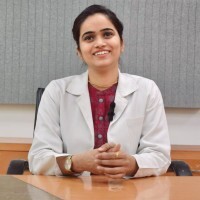
Dr. Megha Sugandh
Ayurveda
6 Years of Experience

Dr. Nadeem
Ayurveda
3 Years of Experience

Dr.Ashok Pipaliya
Ayurveda
12 Years of Experience
References
- Dr.Parulkar Geeta D. Manyabasti : Short Communication. International Journal of Ayurvedicand Herbal Medicine 7:3(2017) 2580–25818.
- ResearchGate. [Internet]. Berlin, Germany. Influence of neck pain on cervical movement in the sagittal plane during smartphone use
- Charaka. [Internet]. Institute of Panchkarma and Research. Osteo Arthritis.
- Sada Shiva Tirtha. The Ayurveda Encyclopedia. 1998, First Edition
- Ministry of Ayush. [Internet]. Government of India. Ayurvedic Standard Treatment Guidelines.
- Central Council for Research in Ayurvedic Sciences. [Internet]. National Institute of Indian Medical Heritage. Handbook of Domestic Medicine and Common Ayurvedic Medicine.
- Dr.Nitesh Anand et al. Role of Rasayana Therapy in Management of Sandhigata Vata. International Journal of Pharma Sciences and Research (IJPSR). ISSN : 0975-9492. Vol 6 No 12 Dec 2015.
- Ahmet Öğrenci. et al. The Effect of Technological Devices on Cervical Lordosis. Open Access Maced J Med Sci. 2018 Mar 15; 6(3): 467–471. PMID: 29610602.
- Charaka. [Internet]. Institute of Panchkarma and Research. Rheumatoid arthritis (RA).
- Prasad Mamidi. Ayurvedic Management of Ankylosing Spondylitis-A Case Report. International Journal of Complementary & Alternative Medicine. MedCrave Publishing .Volume 9 Issue 5.
- Science Direct (Elsevier) [Internet]; Ayurvedic approach for management of ankylosing spondylitis: A case report.
- Charaka. [Internet]. Institute of Panchkarma and Research. Slip disc / Herniated Disc.
- Nishant Singh. Panchakarma: Cleaning and Rejuvenation Therapy for Curing the Diseases . Journal of Pharmacognosy and Phytochemistry. ISSN 2278- 4136. ZDB-Number: 2668735-5. IC Journal No: 8192.
- Jitendra Varsakiya and Dr. Mandip Goyal. Ayurvedic Management of Spinal Diseases with Panchkarma Chikitsa. European Journal of Pharmaceutical and Medical Research. ejpmr, 2017,4(04), 306-310
- Kshipra Rajoria. et al. Ayu. 2010 Jan-Mar; 31(1): 80–87. PMID: 22131690.
- Oushadhi. [Internet]. A Govt of Kerala. Kashaya Choornam & Sookshma Choornam.
- Bali Chouhan. et al. Moksha Publishing House. July- Aug 2013.






